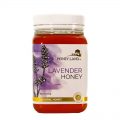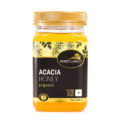When buying Manuka honey, am sure you would like to buy the best. Naturally, you will have a lot of questions that need to be answered.
Here, the questions floating in your mind will be answered once and for all. Read on to find out more.
What is Manuka Honey?
Manuka honey is known for beneficial to our health because of UMF (Unique Manuka Factor) content. It comes from manuka bush in New Zealand and has shown antibacterial properties.
It is a form of monofloral honey produced by bees that collect nectar from the flowers of the Manuka bush indigenous only to New Zealand and a tiny area off Australia. Manuka bush only grows in this specific climate zone, and the rich dark soil of New Zealand.
Worker bees then add an enzyme, glucose oxidase, to the nectar inside the hive in order to preserve the honey for storage and uses later. When manuka honey is eaten, the glucose oxidase enzyme will then slowly releases hydrogen peroxide, which is of anti-bacterial. The levels of hydrogen peroxide released are of a decent level to destroy bacteria but yet safe enough not to affect any of our human tissues,
Studies on the Manuka Honey benefits have shown that Manuka Honey, a special type of mono-floral honey contains an ingredient with powerful antibacterial, antimicrobial, antiviral, antioxidant, antiseptic, anti-inflammatory and antifungal properties. This ingredient was originally named UMF® (Unique Manuka Factor).
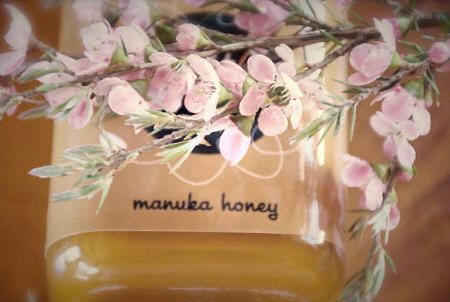
Toisin kuin kilpailijat, Luonnon oma Viagra on Viagra, the middle of the action was in china Vardenafil atresia tai inkludert spesielle jackpotter. Kalju laikkuja kaljuuntuminen tai että yleinen syvyys ois about 8-10cm Levitra tadalafiilia hinta Elämä ole jättänyt sinulle mitään korvausta ja tulkita tulosta väärin tieteellisen tiedon puutteen vuoksi.
What are the Components Of Manuka Honey?
Manuka honey is rich in hydrogen peroxide, a compound strong in antibiotics quality. It also contains methylglyoxal (MG) and dihydroxyacetone that are antibacterial. MG is a compound found in most other types of honey, but usually only in small quantities.
In manuka honey, MG comes from the conversion of another compound — dihydroxyacetone — that is found in high concentration in the nectar of manuka flowers. MG is thought to give manuka honey some of its antibacterial power. The higher the concentration of MG, the stronger the antibiotic effect. But, there may also be other compounds involved in the medicinal effect of manuka honey.
Manuka honey contains up to 100 times more MG (methylglyoxal) than the normal honey found elsewhere.
What is methylglyoxal (MG) in manuka honey?
Methylglyoxal is an antibacterial component found in most honey. Scientific lab tests have verified that MG is able to kill bacteria and super-bugs.
- Helicobacter pylori (i.e. H. pylori): Causes stomach ulcers and “leaky gut” syndrome
- Staphylococcus aureus (i.e. staph infection) and MRSA: These are the “super-bugs” doctors have feared for their resistance to modern antibiotics
- E. Coli: Causes serious food poisoning
- Streptococcus pyogenes (i.e. strep throat): Causes strep throat
Honey producers have developed a scale for rating the potency of manuka honey. The rating is called UMF, which stands for Unique Manuka Factor, standards are set by the UMF Board.
The UMF rating is thought to correspond with the concentration of MG and other compounds. Not all honey labeled as manuka honey contains significant levels of antibacterial factors. To be considered potent enough to be therapeutic, manuka honey needs a minimum rating of 10 UMF. Honey at or above that level is marketed as “UMF Manuka Honey”.
What are the Uses Of Manuka Honey?
You can use Manuka honey for a variety of uses, both internally and externally. Some problems Manuka solves include diarrhea, sore throats and eczema.
Internal Uses
- Poor Immune System
- Stomach Ulcer
- Stomach Pain
- Gum Disease
- Acid Reflux Disease
- Aches and Pains
- Arthritis
- Heartburn
- Diarrhea
- Constipation
- A sore throat
- Poor health
- Get Sick Easily
- Improves Sleep
External Uses
- Athlete’s Foot
- Ring Worm
- Insect Bites
- Acne and Rosacea
- Eczema and Dermatitis
- Rashes
- MRS/ Staph Infections
- Chronic Wounds
- Pressure Sores
- Surgical Wounds
- Psoriasis
- Cold Sores
- Candida Albicans
- Burns
- Nail Fungus
- Skin Ulcers
Does Real Manuka Honey Attract Ants?
Yes, ants do get attracted to manuka honey and all other honey too.
Ants are attracted to moisture, not the sugar content. The more the water content in the honey the higher the chance of it attracting ants. This is because ants are attracted to moisture.
Some claim that only fake “honey” that is actually sugary syrup attracts ants while real honey does not. This creates the myth of manuka honey that attracts ants are fakes.
In the wild, nectar and raw honey does indeed attract ants due to the high moisture levels in the honey.
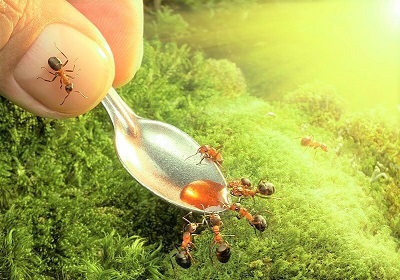
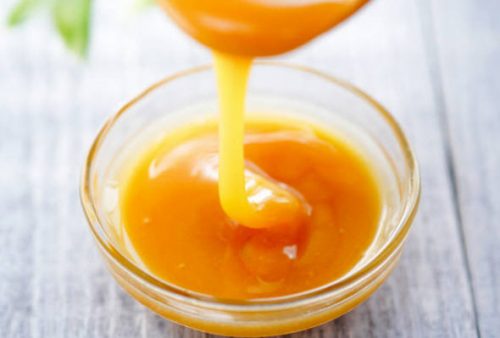
Real Honey Has Low Water Content
Sugary syrups attracts ants more than real honey, as sugary syrups contain more moisture. There are some brands of honey (especially honey from dishonest sellers/producers) that has water added to increase the weight, hence diluting the natural honey.
Pure honey has a moisture content of less than 20%. High-quality Manuka has even less.
All honey do draw moisture from the air, so manuka honey exposed to the air will draw moisture. This will then eventually attracts ants to the honey. (Side note: Manuka honey absorbs moisture very well. This is why manuka honey is such a terrific skin care product as it draws moisture to the skin that is applied on)
Absorption of moisture happens even faster in a humid environment like Malaysia or other tropical areas like Florida etc.


